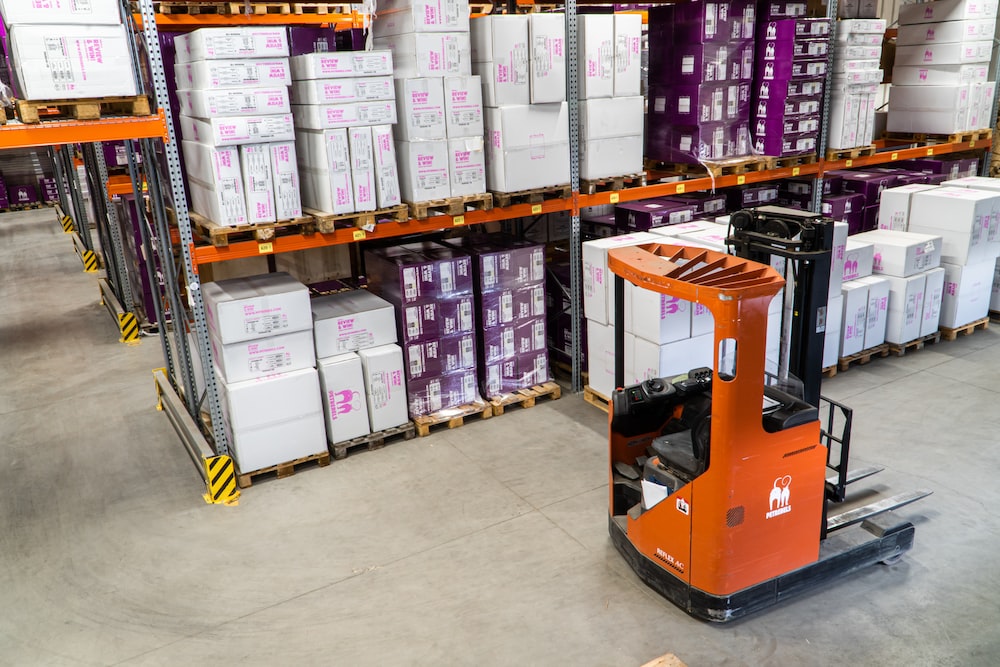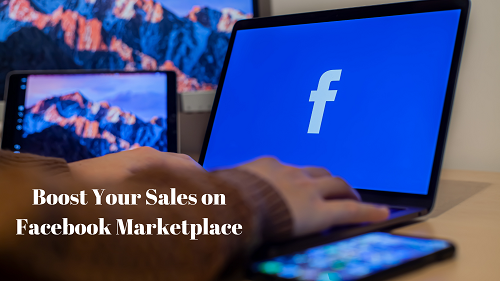Introduction to Shopify and e-commerce
As an entrepreneur in the modern age, starting an online business is a great way to reach a global market and build a profitable brand. One of the most popular platforms for e-commerce is Shopify store, which provides a user-friendly interface and a range of features to help businesses of all sizes succeed online.
Shopify is an all-in-one e-commerce platform that allows businesses to create and manage their own online store, from product listings to payment and shipping options. With over a million businesses using Shopify, it is a popular choice for entrepreneurs looking to start an online store.
Choosing the right products for your Shopify store
When building a Shopify store, one of the most important decisions you will make is choosing the right products to sell. This can be a daunting task, but by following a few key principles, you can make sure that you choose products that will be profitable and meet the needs of your target market.
First, consider your niche. What are you passionate about, and what subjects or products interest you? By focusing on a specific niche, you can create a store that stands out from the competition and appeals to a specific audience.
Next, do market research to identify products that are in high demand. This can include using tools like Google Trends to identify popular search terms and browsing online marketplaces like Amazon to see what products are selling well.
Finally, consider the profit margin of the products you are considering. Look for products that have a high markup and will allow you to make a profit while still remaining competitive.
Designing your Shopify store for success
Once you have chosen your products, it’s time to design your Shopify store for success. The design of your store can have a significant impact on your sales and customer engagement, so it’s important to get it right.
First, choose a visually appealing theme that reflects your brand and appeals to your target market. Shopify offers a range of pre-designed themes, or you can work with a designer to create a custom theme.
Next, make sure that your store is easy to navigate and that your products are well-organized. Use clear categories and product descriptions to help customers find what they are looking for.
Finally, optimize your store for mobile devices. With more and more customers shopping on their phones, it’s essential that your store looks and functions well on mobile devices.
Setting up payment and shipping options
To build a successful Shopify store, you need to make it easy for customers to make purchases. This means setting up payment and shipping options that are convenient and secure.
Shopify offers a range of payment options, including credit cards, PayPal, and Apple Pay. Choose the options that are most popular with your target market and make sure that your checkout process is easy to use.
For shipping, consider using a third-party provider like Ship Station to streamline the process. Make sure that you offer a range of shipping options, including expedited and international shipping, to meet the needs of your customers.
Read More: Maximizing Your E Commerce Business Potential: Strategies and Tips
Creating a marketing plan for your Shopify store
To drive traffic and sales to your Shopify store, you need to create a comprehensive marketing plan. This can include a range of tactics, from social media to email marketing to content marketing.
First, identify your target market and create buyer personas that reflect their needs and interests. Use this information to create content that speaks to your audience and promotes your products.
Next, use social media platforms like Instagram and Facebook to reach your target market. Share photos and videos of your products, engage with customers, and run targeted ads to drive traffic to your store.
Finally, consider using email marketing to nurture leads and build customer loyalty. Use email newsletters to share updates and promotions, and offer special deals and discounts to your email subscribers.
Using social media to promote your Shopify store
Social media is one of the most powerful tools for promoting your Shopify store and reaching your target audience. By leveraging the power of social media, you can drive traffic to your store, engage with customers, and build your brand.
To get started, choose the social media platforms that are most popular with your target market. For example, if you are targeting a younger audience, platforms like Instagram and TikTok may be most effective, while a more professional audience may be more active on LinkedIn.
Next, create a content strategy that reflects your brand and appeals to your target market. Share photos and videos of your products, behind-the-scenes glimpses of your business, and customer testimonials.
Finally, engage with your followers by responding to comments and messages, running contests and giveaways, and partnering with influencers to promote your brand.
Optimizing your Shopify store for search engines
To drive organic traffic to your Shopify store, it’s essential to optimize your store for search engines like Google. By using SEO best practices, you can improve your search engine rankings and attract more visitors to your store.
First, identify the keywords that your target market is searching for. Use tools like Google’s Keyword Planner to find high-volume keywords that are relevant to your products.
Next, optimize your product listings and website content for these keywords. Use keyword-rich titles, descriptions, and image alt tags, and make sure that your website content is informative and engaging.
Finally, build high-quality backlinks to your website by guest posting on other websites, participating in online forums, and sharing your content on social media.
Analyzing your Shopify store’s performance
To build a successful Shopify store, it’s essential to track your performance and make data-driven decisions. By analyzing your store’s performance, you can identify areas for improvement and optimize your store for maximum profitability.
First, use Shopify’s built-in analytics tools to track your sales, traffic, and customer behavior. Use this data to identify your best-selling products, most popular pages, and areas where customers are dropping off.
Next, use A/B testing to test different variations of your website design, product descriptions, and marketing campaigns. By testing different options, you can identify the most effective strategies for driving sales and engaging with customers.
Finally, use customer feedback and reviews to improve your store’s performance. Use surveys and feedback forms to gather insights from your customers, and use this information to improve your products and customer experience.
Common mistakes to avoid when building a Shopify store
While building a Shopify store can be a rewarding experience, there are also several common mistakes to avoid. By being aware of these mistakes, you can avoid costly errors and build a successful online business.
First, don’t try to sell too many products. Focusing on a specific niche and selling a limited number of high-quality products is often more effective than trying to sell a wide range of products.
Next, don’t neglect your website design. A poorly designed website can drive customers away and hurt your brand’s credibility.
Finally, don’t ignore customer service. Providing excellent customer service is essential for building customer loyalty and driving repeat business.
Conclusion
Building a profitable Shopify store takes time, effort, and a commitment to excellence. By following the tips and strategies outlined in this article, you can create a successful online business that meets the needs of your target market and drives sales and profitability.
If you’re ready to take your Shopify store to the next level, consider working with a Shopify expert or attending a Shopify conference to learn more about best practices and strategies for success. With the right tools and resources, you can build a profitable Shopify store and achieve your entrepreneurial goals.







